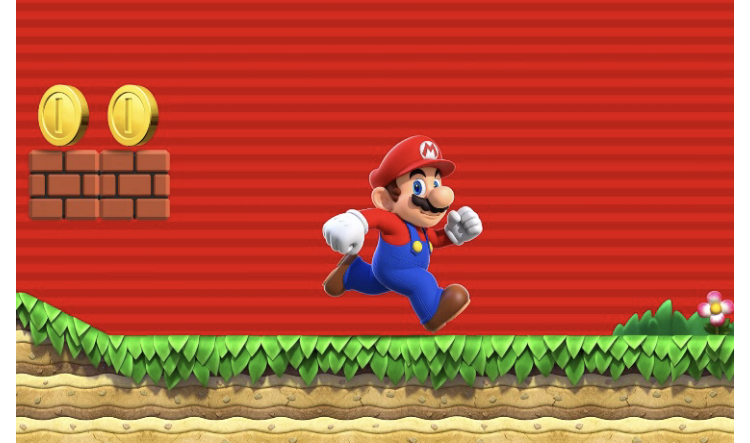Mario : The Story
October 4, 2021, 10:42 AM (GMT-5)
Share

Anyone who is interested in video gaming knows Super Mario Run. This Italian plumber became popular in different countries throughout the world, with 240 million units of this game being sold. Besides, there are more than 200 games featuring Mario, including online emulator Super Mario Bros. Many people perfectly know this funny plumber, but no one knows his story.
Mario was created by a Japanese game designer Shigeru Miyamoto. He is one of the most famous game developers in the world. Shigeru became part of Nintendo team in 1977. During this period, the company was gradually shifting from card games to video games. Miyamoto made a contribution into the creation of several legendary games, such as Mario, Starfox, the Donkey Kong and the Legend of Zelda. The Japanese game developer became interested in game industry because of popular Space Invaders, which were famous among people of various ages. In addition, he was inspired by his favorite game manga.
The main purpose of developing Mario was to outperform previous unsuccessful games by Nintendo, such as Sheriff. Shigeru initially desired to use characters from Popeye, but was unable to obtain license for their usage. As a result, he had to create his own unique characters. Mario’s appearance was intended to be as simpler as possible. The designers had to use a few pixels. Mario’s cap removed the need of animating his hair movement. His moustache saved the trouble of animating his face and mouth. His clothing was designed for the same reason.
Eventually, the main character was created and named Mr.Video. After a while, his name was changed to Mario to avoid oblivion in the future. It is supposed that Mario was named after Mario Segale, who is the landlord. Initially, Mario was not supposed to be Italian. His moustache made developers to refer him to Italian nationality. Miyamoto wished to use Mario in every next game developed by him with some changes in main character. After some years Mario was adopted in 3D format and his appearance was given more details. Mario got blue eyes and golden buttons on his clothing.
Mario appeared in Donkey Kong for the first time in 1981 as a carpenter. Another interesting fact about Mario is that he was not always a plumber. His role and appearance varied from game to game. Based on the plot of a game he might be an archaeologist, a doctor or someone entirely different. In 1983, Mario starred in his own game called Mario Bros, where he fought against various creatures in New York with his brother Luigi. In 1985, Super Mario Bros showed Princess Toadstool later known as Peach for the first time. She was in danger and the Mario brothers needed to save her from Bowser. Peach also became popular, though she starred only in Super Princess Peach as the main character. GameDaily included Peach in Top 50 Hottest Game Babes, which held 48th position.
The next popular game in the franchise was Super Mario World released in 1990. This game introduced the green dinosaur Yoshi. He was capable of eating most of his enemies. Yoshi got special powers by eating shells of different color. In 1992, the world witnessed the release of Super Mario Kart, which allowed choosing among eight various characters from the series. In 1993, Mario was reborn in the game Mario and Wario. Here a blinded Mario is supported by a fairy named Wanda. In 2009, the Mario series were listed in the Guinness top 50 video games of all time.
Subsequent editions of Mario improved the skills he had and modified the graphics of the game. There were even some educational games featuring Mario, such as Mario is Missing and Mario Teaches Typing. Recently Apple announced a partnership with Nintendo with the main purpose of Mario’s revival. They are planning to release Super Mario Run. This emphasizes the importance of Mario in the video games world. He is still the most recognizable Italian plumber in game industry. It seems like Mr. Miyamoto’s legacy will never die. The game will still be popular around the world.